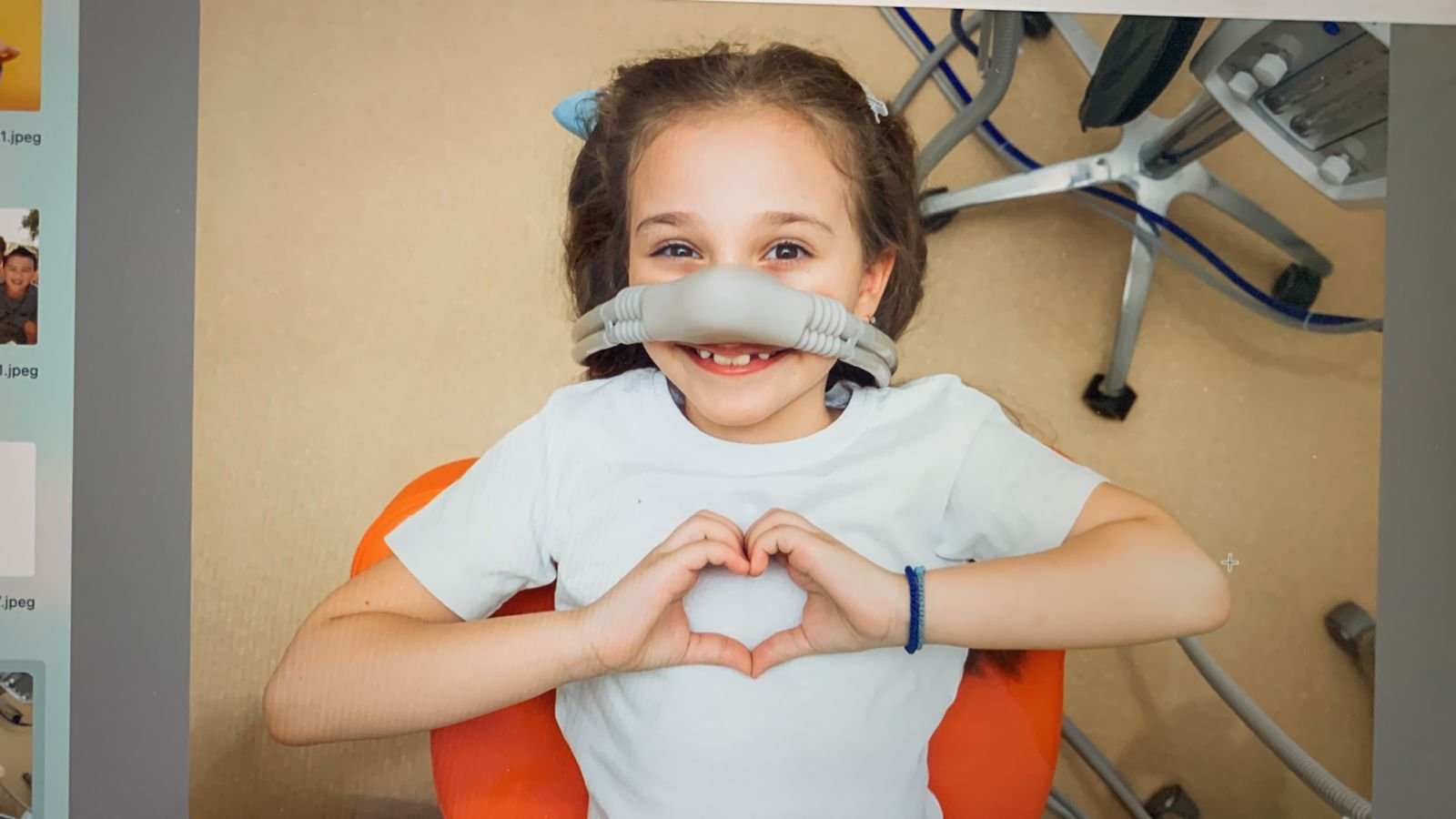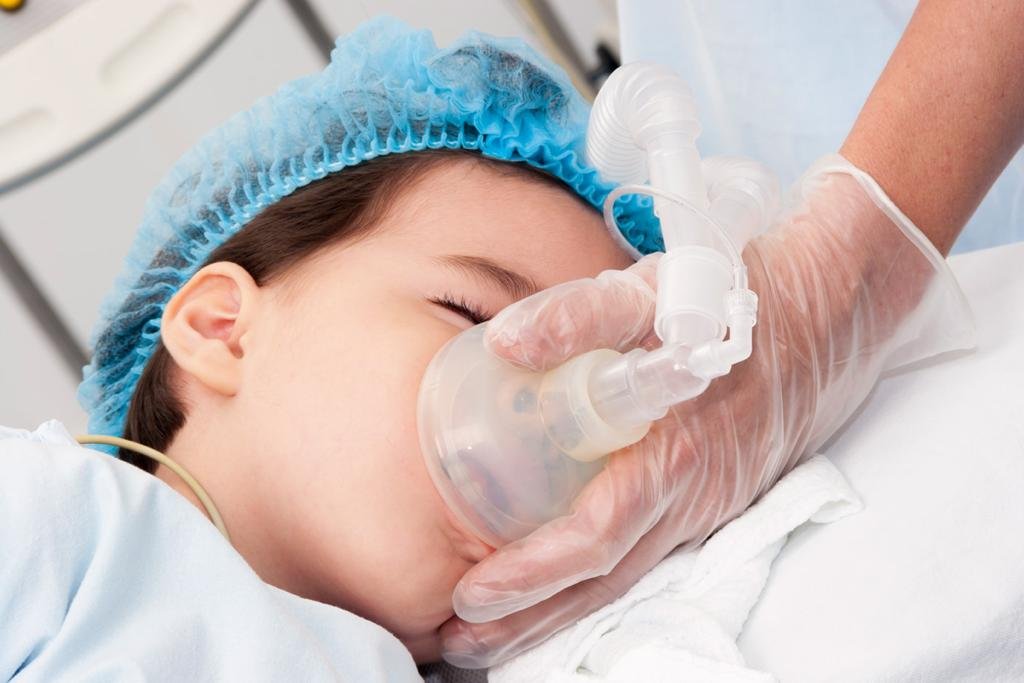
Laughing gas sedation
Laughing gas, also known as nitrous oxide, is a form of sedation that is commonly used in dentistry to help patients relax and feel more comfortable during procedures. It is a safe and effective method of sedation that has been used in dentistry for over 150 years. Laughing gas is inhaled through a small mask placed over the patient’s nose. It is a colorless and odorless gas that is mixed with oxygen. The patient will start to feel relaxed and calm within a few minutes of inhaling the gas. The level of sedation can be adjusted to the patient’s needs, and the patient will remain conscious and able to communicate throughout the procedure. The effects of laughing gas wear off quickly after the procedure is finished, and the patient will be able to drive themselves home and return to normal activities. Laughing gas is relatively safe and has few side effects. Some patients may experience nausea or dizziness, but these symptoms are usually short-lived.Laughing gas sedation is considered a “minimal sedation” technique and is generally used for procedures that are not too invasive or painful.
It can be used for a variety of procedures, such as cleanings, fillings, and extractions. It’s a great option for patients who have mild to moderate anxiety about dental procedures or for children who may not be able to sit still for an extended period of time. This technique of calming the child/adult is being used by many dentists for more than 70 years and we are one of the few who are using this for our child patients since 2015 in India to deliver the care in a more comfortable and relaxed manner. In this technique child is given a combination of Nitrous oxide (Laughing gas) and oxygen to breath through a scented/flavored mask placed on the nose through out the treatment. This magic gas calms the child, reduces the anxiety and increases the ability to handle unpleasant experiences while keeping the child awake and watching the TV. This is a win-win situation as we can perform a better treatments which gives long-lasting results while fostering great experiences to the child. We fondly say Laughing/happy gas equals happy dental experiences

General Anesthesia
General anesthesia/complete anesthesia for a child who needs extensive dental treatments is not something new or something rare. It is standard of care for very young children or for children with special needs who can’t cooperate/accepts dental treatments in the dental chair unlike little grown ups who accepts treatments in the dental chair with local anesthesia/dental shots.
Although it sounds little worrisome to parents when their child needs treatments under general anesthesia, it is absolutely safe when administered under expert care. Here in our practice we take utmost care in determining the need for general anesthesia when all other modalities of handling children cavities are failed or can’t be attempted. Dental procedures under general anesthesia are usually a day care procedures where in child comes to the hospital early in the morning with empty stomach, gets the treatment done and gets discharged from the hospital by evening.
Advantages
There are several advantages of using laughing gas (nitrous oxide) sedation in dentistry, including:
Safety
Laughing gas is a safe and effective form of sedation that has been used in dentistry for over 150 years. It has a low risk of side effects and complications.
Control
The level of sedation can be easily adjusted to the patient's needs and the patient remains conscious and able to communicate throughout the procedure.
Quick recovery
The effects of laughing gas wear off quickly after the procedure is finished, allowing the patient to return to normal activities soon after.
Effectiveness
Laughing gas can provide a relaxing and calming effect for patients, allowing them to feel more comfortable during dental procedures.
Cost-effective
Laughing gas sedation is relatively inexpensive compared to other forms of sedation.
Non-invasive
Laughing gas is inhaled through a small mask, making it a non-invasive form of sedation.













